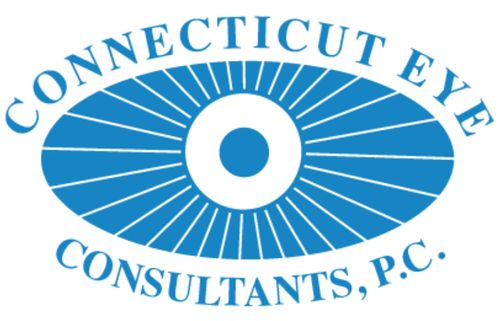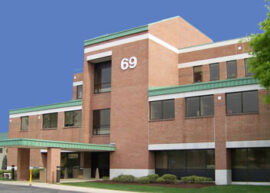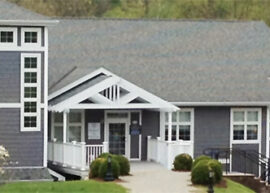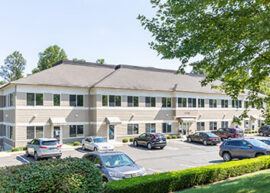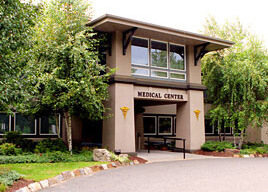A promising treatment for childhood near-sightedness (myopia) is welcome news at a time when more and more kids are being diagnosed with the condition. Studies show that a low-dose of atropine, typically given as eye drops at bedtime, can significantly slow the progression of myopia in children, preventing severe near-sightedness.
Childhood myopia is usually diagnosed when kids are around 5 to 7 years old. Often, vision gets worse during the eye’s rapid growing years, and levels off at about age 12. People with myopia can see well close-up, but not in the distance. Until recently, the only treatment for pediatric myopia was glasses, with frequent prescription updates as vision gets worse.
Myopia isn’t reversible and kids treated with low-dose atropine still need glasses. But in most cases, their near-sightedness doesn’t get nearly as bad as it does for kids who haven’t received the treatment.
The results have been dramatic, according to David Epley, MD, a pediatric ophthalmologist in Kirkland, WA. Dr. Epley is involved in research on atropine treatment and uses it regularly in his practice. “What we’re seeing is that for most kids — about 90 percent — their rate of myopia progression decreases or slows by about half. The sooner they start taking it, the less nearsighted they’ll be overall,” Dr. Epley says. Better yet, most kids receiving the treatment have no side effects. About 1 percent of children report a little redness or itching in or around the eye.
Research also shows that once atropine treatment stops, myopia progression ramps up again. So getting a diagnosis as early as possible and using atropine consistently through the eye’s growth years are key. Myopia can also start between the ages of 18 and 22. Low-dose atropine hasn’t been studied for this age range.
Childhood Myopia Skyrocketing
Atropine occurs naturally in some poisonous plants. For medical use, it is refined and concentrated. It already has several uses in eye care, such as dilating the pupil and treating lazy eye. The effectiveness of a low dose (0.01 percent concentration) on childhood myopia was discovered almost accidently by researchers in Singapore who were studying side effects of larger doses. A control group given the very low dose had less progression of myopia.
Ophthalmologists aren’t certain why a tiny bit of atropine seems to hold back myopia, but the hypothesis is that it binds to certain growth receptors in the eyes, blocking stimulation that prompts the condition.
Word is getting out among ophthalmologists about the treatment, especially as many countries, including the United States, are seeing skyrocketing childhood myopia rates. The largest increases are in Asian countries, but the phenomenon is global.
In the U.S., 40 percent of kids have myopia today, compared with 20 percent just 30 years ago. In many Asian countries, up to 90 percent of kids are myopic.
While there’s a clear genetic link for myopia, and it runs in families, the recent surge isn’t completely understood. Several studies suggest that the way kids play now is a culprit.
Research shows that kids who are exposed to less outdoor daylight in early childhood are more likely to become myopic. The hypothesis is that kids today are getting less exposure to natural light, spending more indoor time with computers, TVs and smartphones.
More study is needed, says Dr. Epley, who has been following the research by the Singaporean team of childhood myopia experts.
What Can Parents Do About Myopia?
Many ophthalmologists recommend getting your kids outside in the daylight on a regular basis.
In addition, if your child has myopia or if you suspect a problem with his or her far vision, it’s important to get an exam by a pediatric ophthalmologist, and ask about low-dose atropine.
Adult ophthalmologists may not be aware of the research with children, according to Dr. Epley.
People with myopia are at greater risk for later-in-life eye conditions such as glaucoma and macular degeneration. Trying low-dose atropine during childhood could have a long-term benefit. “Because its side-effect profile is so good and because it’s so effective, it really is a no-brainer,” Dr. Epley says.
Stephen Mathias, MD, Pediatric & Muscle Specialist at Danbury Eye Physicians & Surgeons is available for consultations to see if your child is a candidate for this treatment, please call 203-791-2020.
